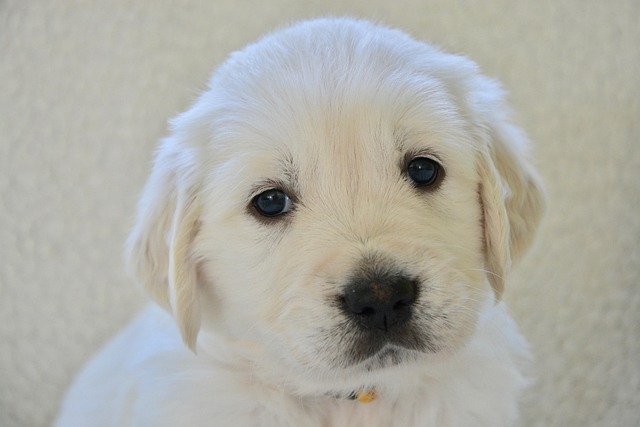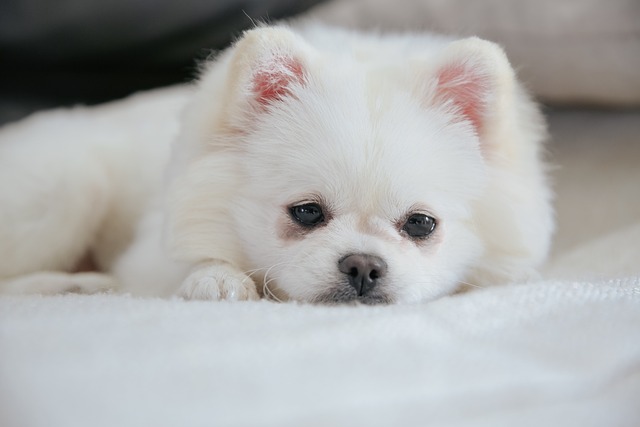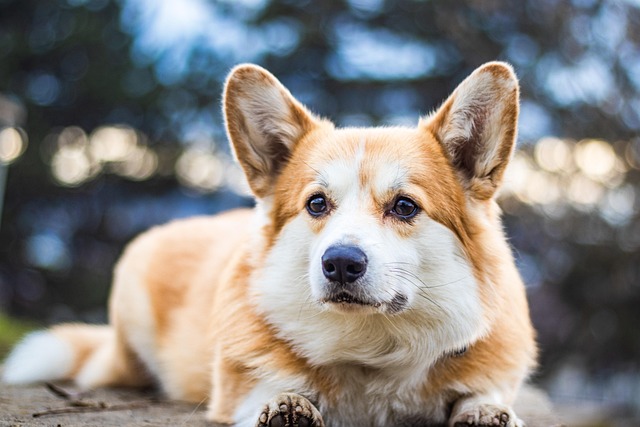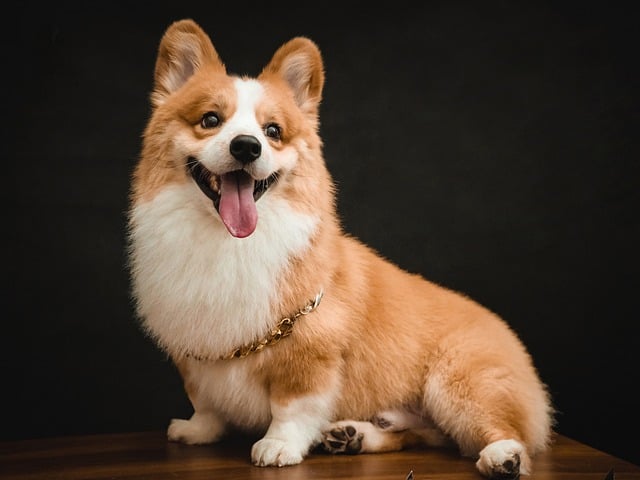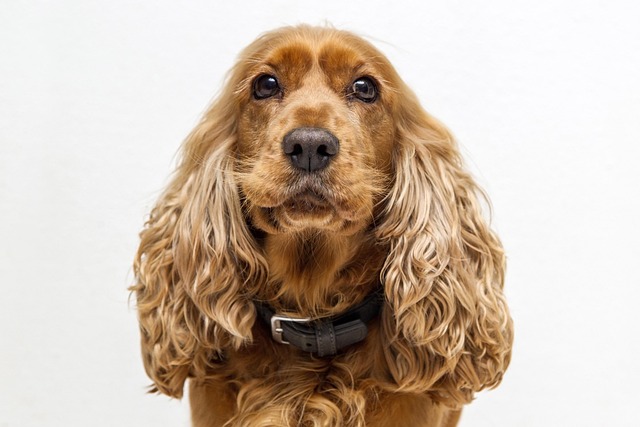Ever come home to shredded cushions or neighbors complaining about non-stop barking? That frantic destruction when you're out isn't rebellion – it's likely separation anxiety in dogs. Picture this: your dog drooling by the door, pacing relentlessly, maybe even having accidents indoors minutes after you leave. It stems from genuine panic, not spite. While puppies often struggle initially, assuming your furry friend will simply grow out of separation anxiety as they hit a certain birthday is a common misconception. The reality is far more nuanced, tied deeply to their individual wiring and experiences.
Let's bust the myth right away: there's no magic age when dogs universally stop experiencing separation anxiety. You might hear folks say, "Oh, he'll grow out of it by two!" But expecting age alone to be the cure sets owners up for frustration and dogs for prolonged distress. Think about Bella, the sensitive rescue Border Collie who remained anxious at five, versus Max, the boisterous Labrador who settled down by eighteen months. Their recovery timelines differed wildly because dog personality and separation anxiety are tightly linked. Highly dependent breeds or dogs with naturally nervous temperaments often face a tougher, longer road, regardless of age.
That's where understanding your dog's unique makeup becomes crucial. A naturally confident, easy-going pup might bounce back faster from being alone. In contrast, a dog predisposed to nervousness, perhaps due to genetics or a history of rehoming, may find solitude incredibly overwhelming for years. Early life events play a starring role. This is why how socialization affects dog anxiety is so vital. Pups gently exposed to varied people, safe environments, and crucially, positive, gradual experiences being alone for short periods during their critical socialization window (roughly 3-14 weeks) often develop greater resilience. Miss this window, or have negative solo experiences early on, and the foundation for anxiety can be set.
So, what can you actually *do*? Waiting for time to fix it isn't the answer. Resolving separation anxiety in dogs demands proactive, personalized training rooted in patience and positive reinforcement – ditch any thought of punishment, it only fuels the fear. Start incredibly small. Can your dog handle you walking to the mailbox and back without panicking? Build from there, literally seconds at a time. Create positive associations: give a fantastic, long-lasting treat (like a frozen Kong) *only* when you leave. Make your departures and arrivals utterly boring – no dramatic hellos or goodbyes. For apartment dwellers, consider white noise to mask outside triggers, and ensure ample exercise *before* you leave to burn off nervous energy. Remember those leash laws and cleanup ordinances? An anxious dog might have more frequent "accidents" on walks due to stress, so carrying extra bags is non-negotiable.
Success hinges on consistency and reading your dog's subtle signals. If they start panting or pacing during your training separations, you've pushed too far, too fast. Scale back. Tools like calming pheromone diffusers or consult-approved anxiety wraps can sometimes offer support alongside training, but they aren't standalone fixes. The key is managing the environment to prevent full-blown panic episodes while you work on building tolerance. Think of it like physical therapy for their emotions – slow, steady, and celebrating tiny wins.
Ultimately, asking "when do dogs stop separation anxiety" focuses on the wrong metric. Some dogs show significant improvement within months with dedicated effort; others need ongoing management strategies for years. It’s less about the calendar and far more about their individual history, temperament, and the consistent support you provide. By moving beyond age-based expectations and embracing tailored strategies focused on building confidence and positive associations with alone time, you pave the way for a calmer, happier companion – and fewer destroyed sofa cushions. Progress might be measured in quiet minutes, not birthdays.
